Deep in the North Carolina backwoods, discover a vibrant and welcoming outdoor scene where hunters happily rub shoulders with mountain bikers down at the craft brewery.
Words and photography Luke Bradley
Hey, this feature looks even better when viewed viaPocketmags; you get the full graphic designed layout on your device FOR FREE! It’s not quite as beautiful as the paper magazine but it’s better than a basic webpage.
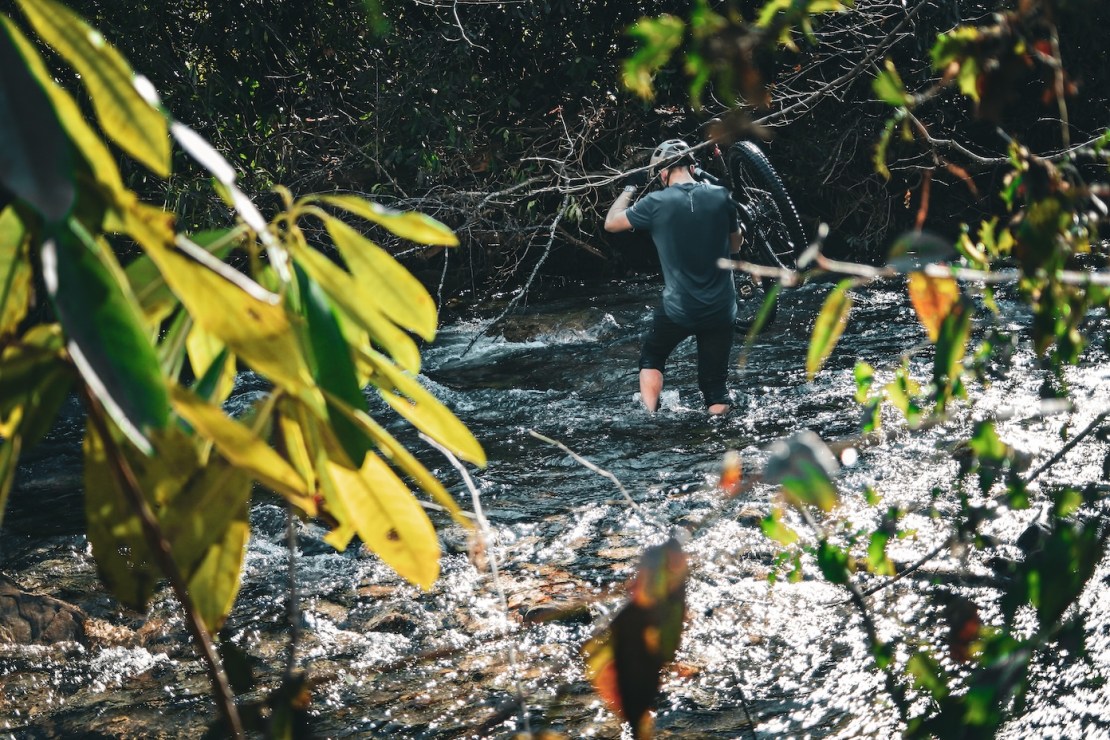
If you’ve seen The Italian Job, you’ll recall a scene where Charlie Croker is stopped in an Alpine ravine by the Mafia. Gunmen line the steep hillside, sights set on the road below. Well, that’s what riding in Pisgah National Forest, North Carolina, feels like during hunting season. Hurtling down sublime singletrack, you’re flanked by heavily armed men staring down at you in what feels like an incredibly high-stakes gauntlet. Rather than glamorous suited and booted Mafiosi, though, the weapons are toted by rotund bearded chaps dressed in orange, hopefully hunting for deer and turkey rather than cyclists.
Latest Singletrack Merch
Buying and wearing our sustainable merch is another great way to support Singletrack
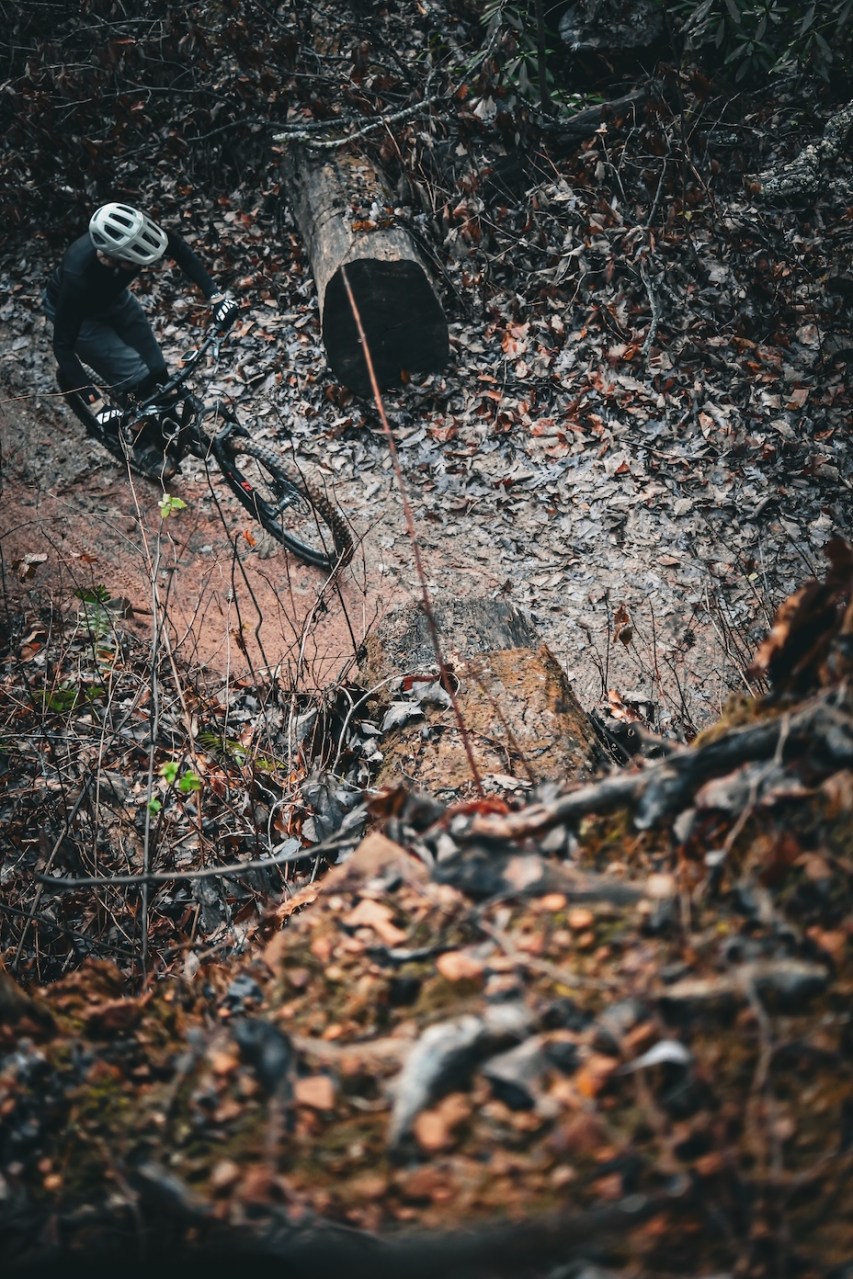
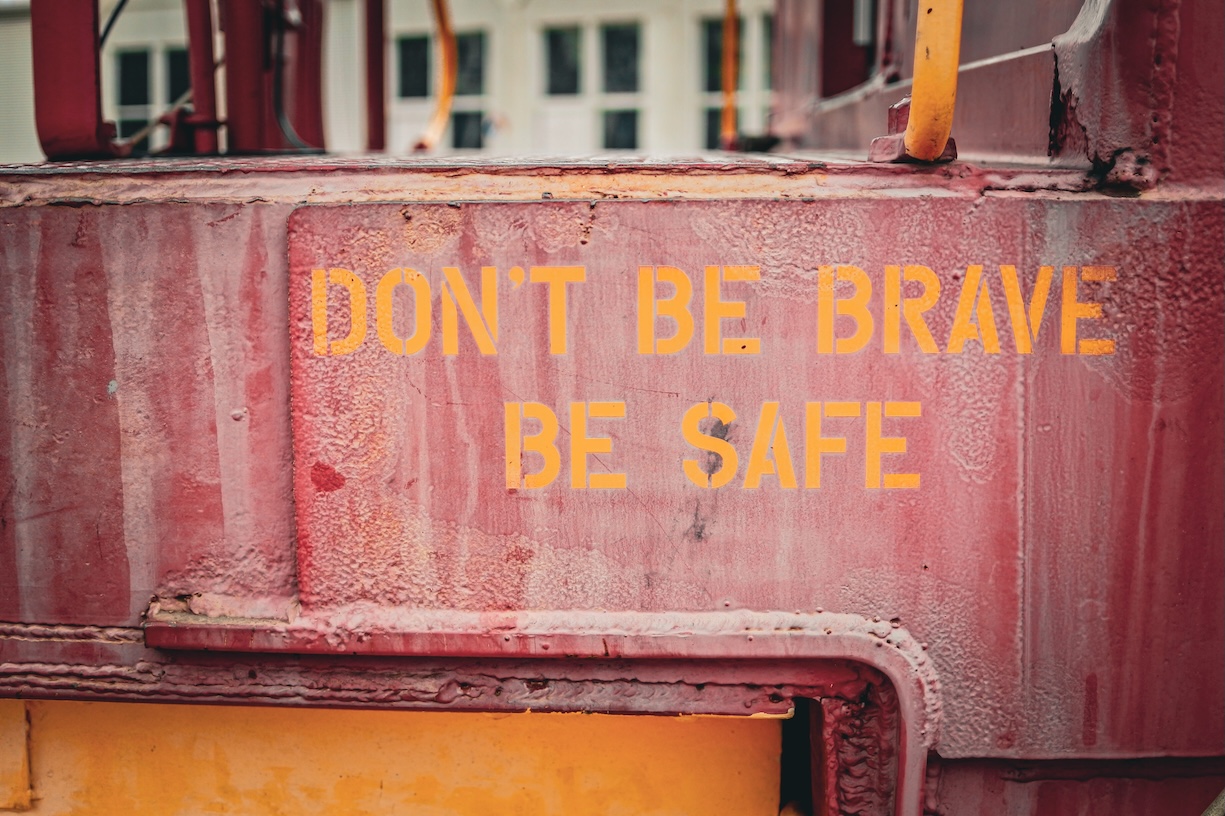
Pisgah National Forest is a place enshrined in mountain bike lore. Litespeed named its whole range after peaks and trails within it. It’s home to brands like Cane Creek, Industry Nine and Moots. Fox Factory has a base here too. Several World Cup riders stay here in the off-season. But short winters, abundant wildlife and the top-notch trail network mean that the area is a draw for more than just us – hikers, horse riders and the huntin’, shootin’, fishin’ crowd flock to the city of Asheville at the north of the forest year-round.
Located at what I’d call ‘the top of the south’ in North Carolina on the US East Coast, it’s a place of contrasts. Having dodged any bullets, at the bottom of the hills are zeitgeisty microbreweries. Downtown Asheville has lovely Art Deco buildings, shops with names like Earth Guild and I don’t see a single V8 pickup. It’s got an artsy vibe and attracts creatives as well as adventurers.
In some ways, the town’s drawn into the orbit of the enormous Biltmore estate, owned by the Vanderbilt family – once the richest people in the world –hoovering up wealth from shipping and railroads. Their mansion is the town’s main tourist attraction. It was the scenery and landscape that brought the family here in the late 19th century, much the same as it does outdoorsy types now – if it’s good enough for billionaires, it’s good enough for us.
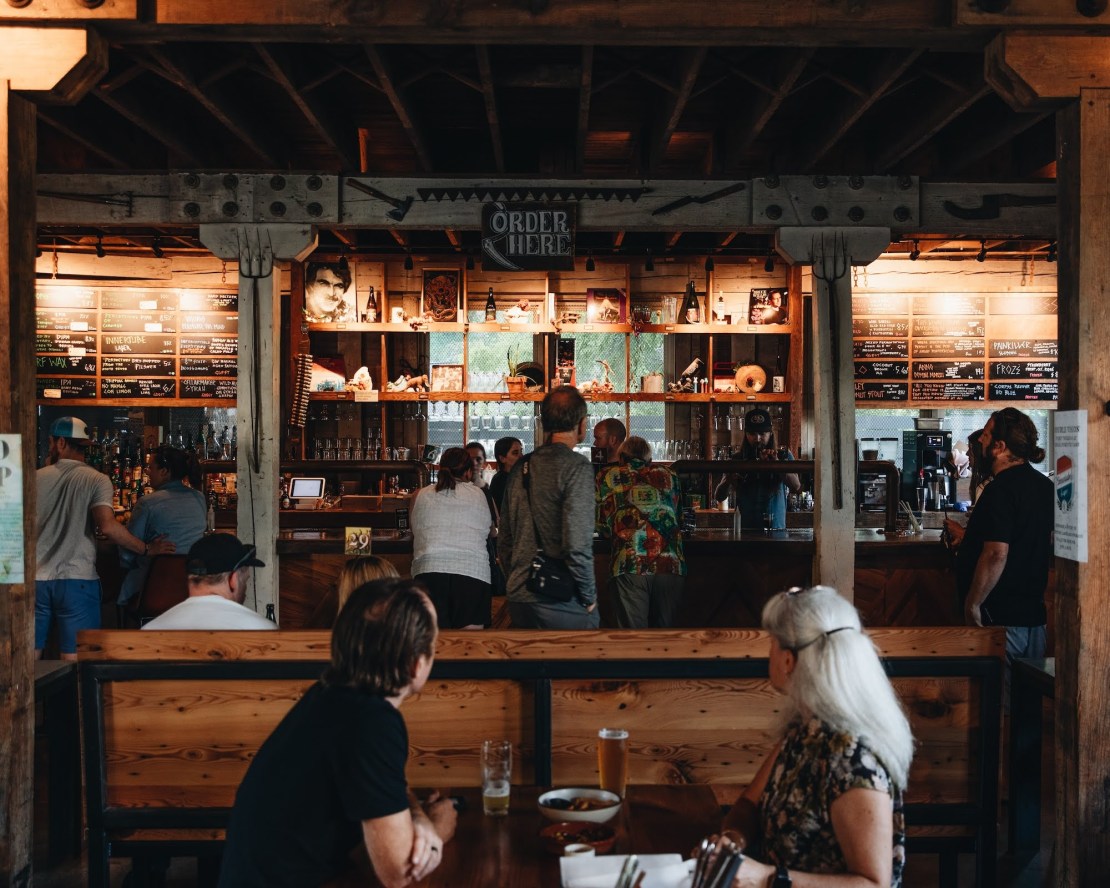
Get out of town!
Once you pedal out of the centre, using the network of greenway cycle paths as best as you can (the network is still growing), the vibe changes and you’re in the heart of Appalachia. Lonely farmsteads in quiet valleys have massive trucks outside. Road signs are riddled with bullet holes. While you’re surrounded by trees and hills, there are hints of the mining and lumber industries that made this area so desirable for pioneer traders. The freight-only railroad winds its way east to west, although when I’m there, large sections of the line have been washed away by Hurricane Helene. There are horses tied to staging posts, sometimes accompanied by a moustachioed handler in chaps and a Stetson. And there are the big men with guns…
Despite appearances, they’re very friendly. They greet me with a smile, and one even helps me manhandle my bike across a treacherous wire bridge that’s been damaged in the hurricane. The people I meet can’t seem to help themselves being hospitable. Even at 35,000 feet over the Atlantic, before I even arrived on American soil, I met Josh. We happen to be sitting next to each other on the plane and his entertainment screen is drooping. I mention I had Allen keys with me that would sort it. Making it clear I don’t plan to commit some very technical act of plane-dismantling terrorism, I explain I have a bike with me and all of a sudden, we’re off. Josh is telling me about trails, people to ride with, where to eat, and his bikes. An hour or two disappears and I land in Charlotte armed with all the information I need.
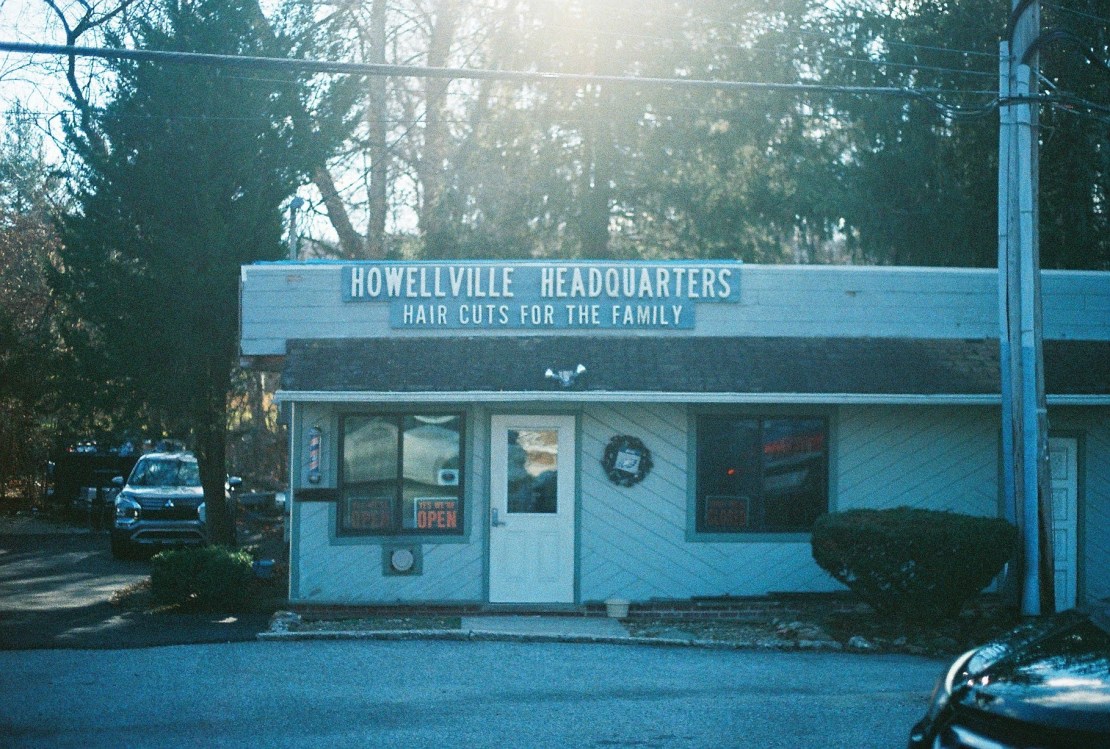
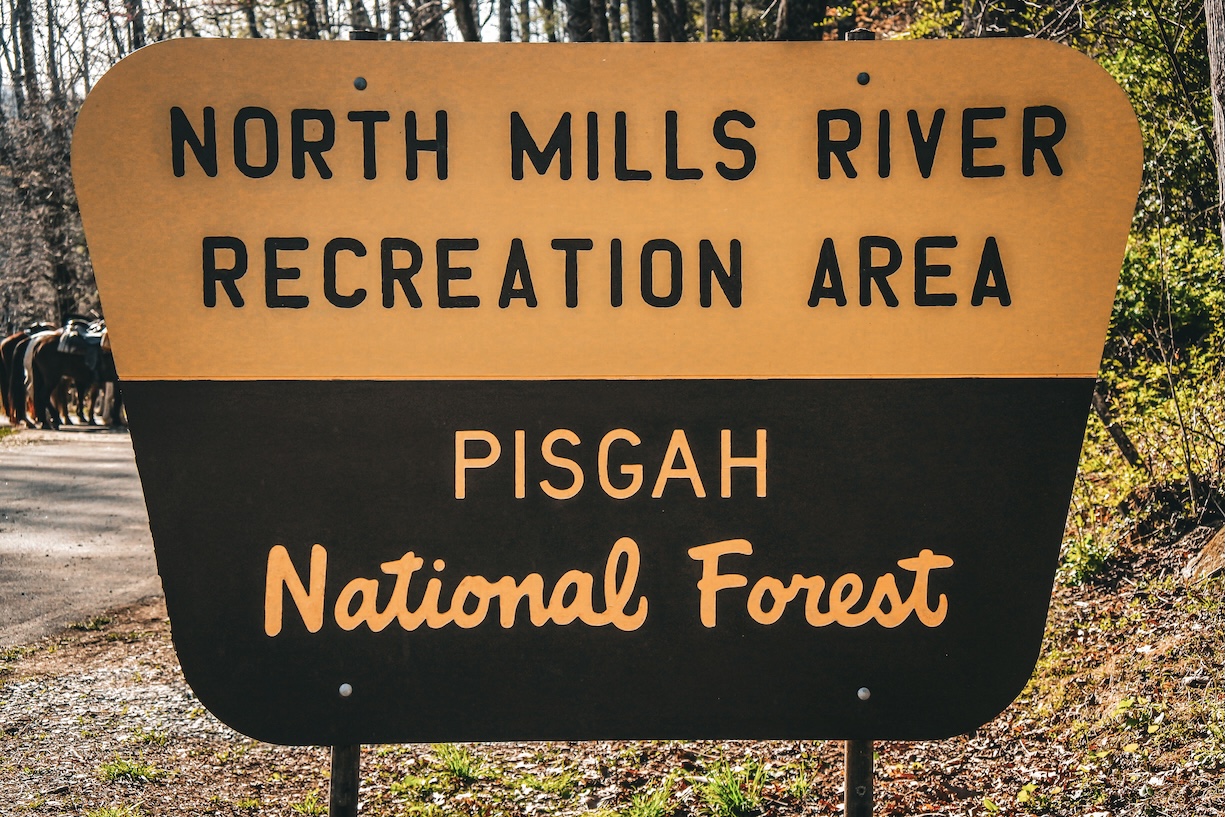
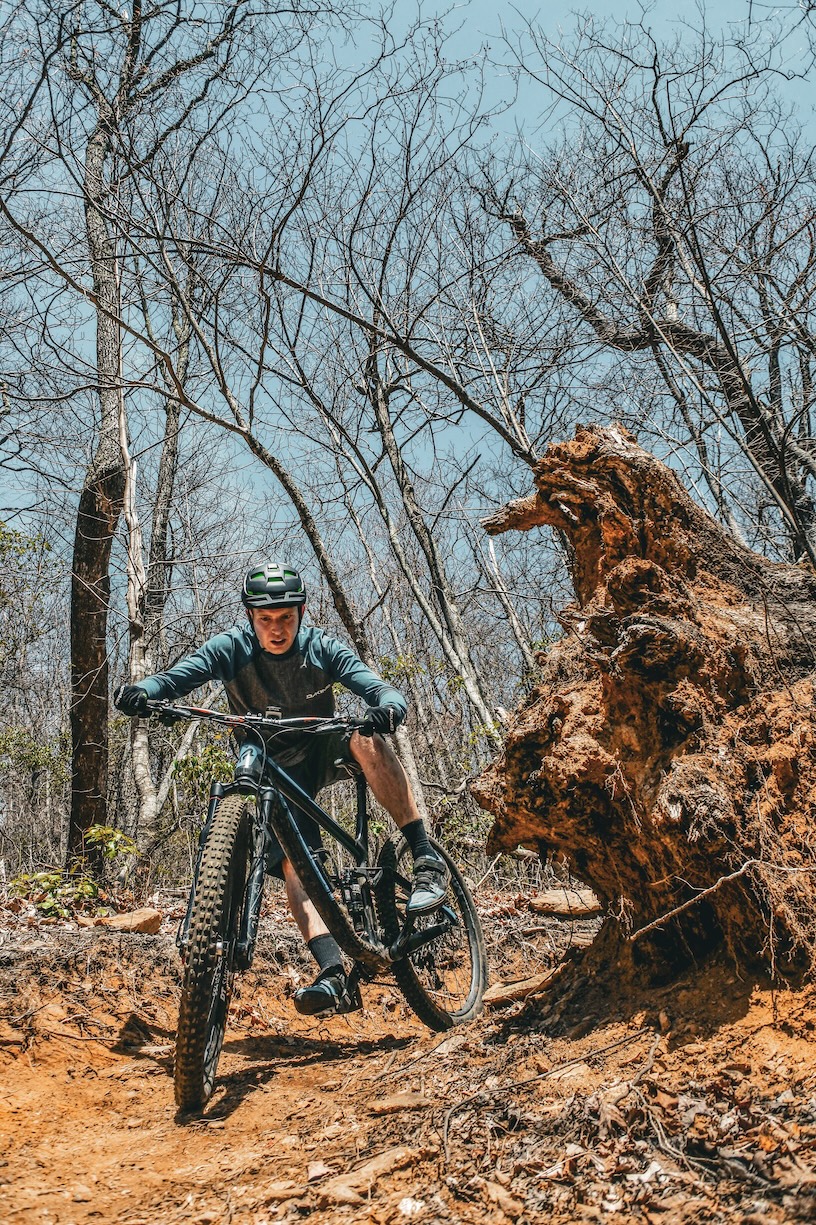
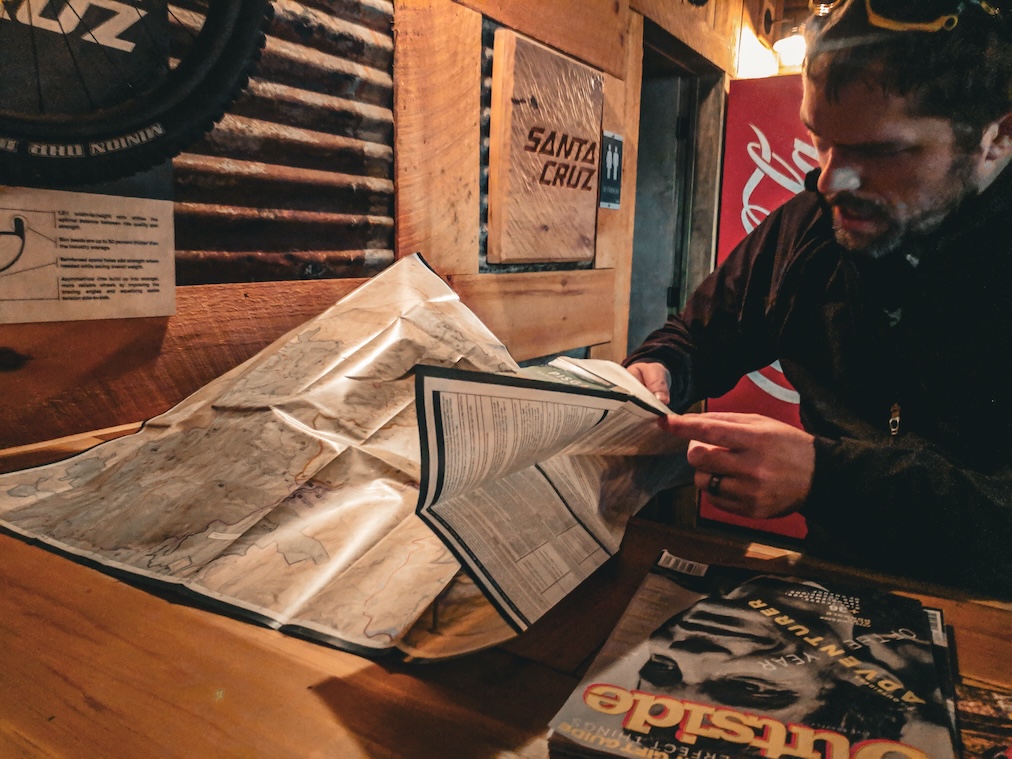
Family ties
Charlotte Airport and North Carolina are not places I ever thought I’d end up, but having married an American with some itinerant parents I’ve found myself in all sorts of funny spots. After some short hops from California to Indiana to Virginia, rounded out with a few years in dull-as-ditchwater Florida, they moved to North Carolina and haven’t looked back. Given the mountains are more my thing than Mickey Mouse, it was a relief.
Unfortunately, the best time to get the whole family together tends to be around the winter solstice, but while at home I’d be bundled up, in Pisgah I’m sweating in just a jersey. Just after I leave, though, temperatures plummet, and the trails are afflicted by the local curse – freeze-thaw. Water in the ground freezes and expands, ripping the soil to pieces. This closes many built trails, particularly in nearby DuPont.
With the ground mercifully intact, the first trail on Josh’s list is Kitsuma, a name that’ll be familiar to many people with a Cane Creek rear shock. As it’s after October and I’m from Scotland, I’m on a hardcore hardtail and it’s perfect. A steady tarmac climb permanently closed to traffic apart from some heavy machinery that’s clearing yet more aftermath of the hurricane, hauls me to the top of the mountain and the payback is world-class. During my whole trip, there’s not one descent that disappoints. Kitsuma itself is a great example of many trails around here – noodling along a ridgeline for a while before dropping on part-wild and part-groomed singletrack. The trail clings to a notch in the mountainside in places, and every now and again a big mass of exposed rock rises up to catch the unwary.
Kitsuma loops nicely into the Bernard Mountain Trail. Funnily enough, I don’t think anyone’s named a bike after that, unless Trek’s about to launch the new Bernard super enduro rig and I haven’t been copied into the press release.
I should have gone back to the car, it’s starting to get dark – and spooky. A young woman sits on the porch of her cabin, staring through the gloom at me with an enormous dog next to her, as if in Deliverance. A battered old Jeep pursues me up the gravel road, following at what feels like a menacing distance. The light keeps fading but I know the trail at the top will be worth it. I’m not wrong – there’s three miles of flow trail that seems determined to tie itself in knots around the trees. By the time I reach the bottom, it’s pitch black, but the light and singing voices from the tiny, whitewashed Piney Grove church give me something to aim for.
I realise, as the harmonies flow out of the chapel, that what felt sinister was all innocent – someone sitting out on what might be that last warm night for a while, and a car keeping a respectful distance on a narrow road. Like the hunters, what might seem unsettling to a Brit abroad was all just people being nice.
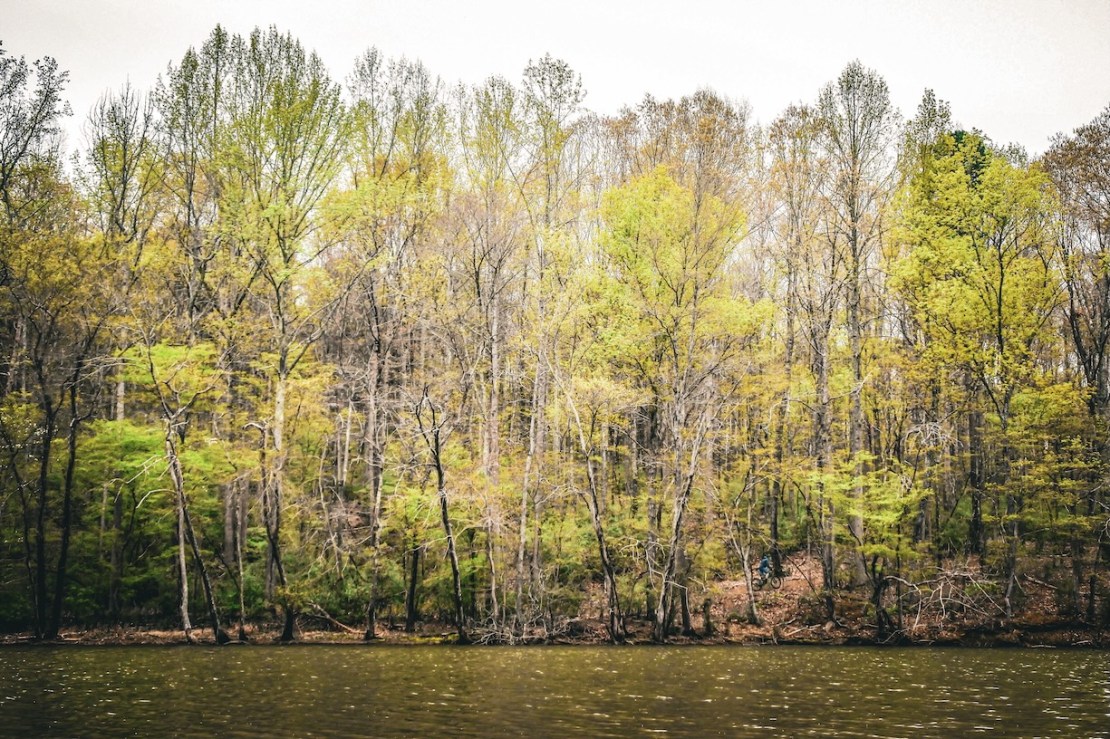
Niceness and beer
Nice people seem to abound around here. Josh introduces me to a few local riders. Sarah’s full of enthusiasm and seems a specialist in a type of riding that’s very popular around here – massive days out, with thousands of metres of climbing and distances in the triple digits of kilometres while her kids and husband are otherwise occupied. She tells me that people here take real pride in being friendly, and it shows.
Friendly as she may be, Sarah is also a racer and while she downplays this, she casually mentions races she’s won, so there must be some cut-throat behaviour somewhere. The race culture here is doing well and is inclusive – ‘they’re really trying to boost women’s racing’. In December last year, some locals organised a 24-hour race to raise money for the decimated village of Old Fort and made a million dollars for the post-Helene recovery.
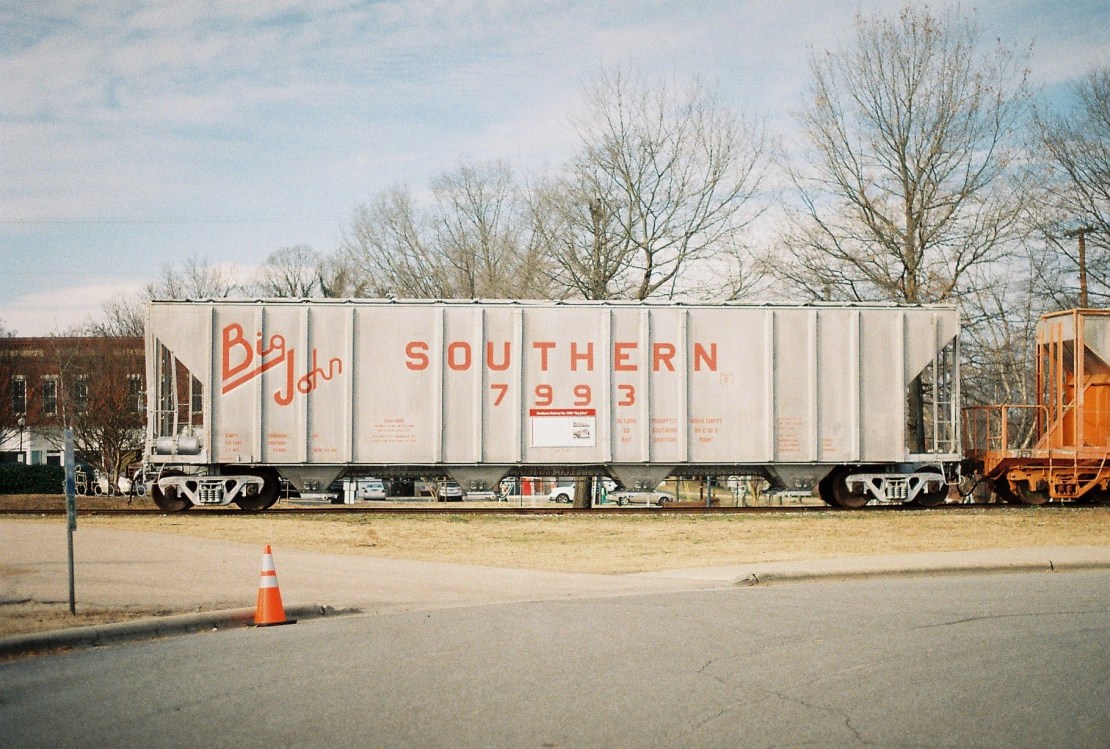
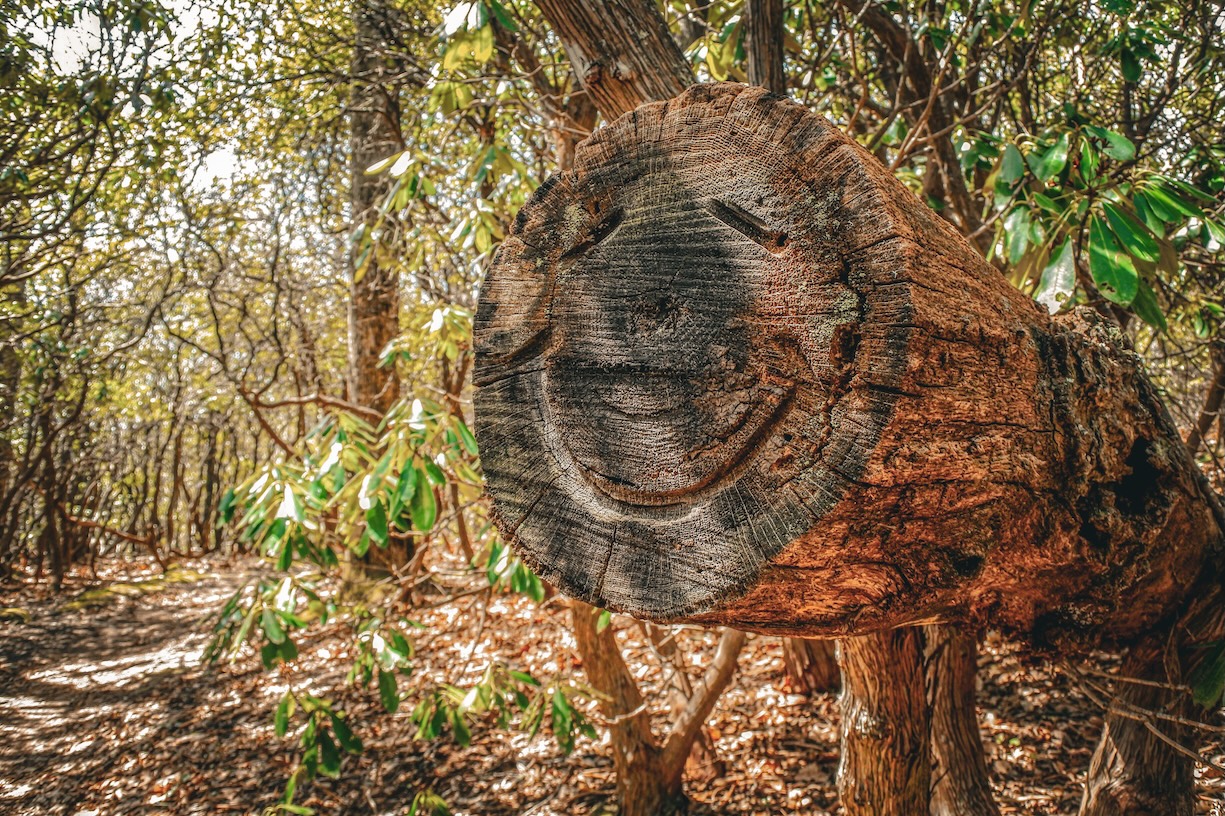
Now a realtor, with his BMX background, Jon formed a bike messenger business in the ’90s and has deep roots in the local scene. Cross-country racing isn’t for him – the last one he did, cooking on a stage race in Costa Rica, he says he almost melted. He and Sarah both tell me that many of the trails predate mountain biking and were cut by the Indigenous Cherokee, foresters, horses and hunters. As a result, it’s the abundant technical, rugged stuff that they love most.
I need something at the bike shop, and at The Hub in nearby Brevard, I meet Nate, another welcoming local, to plot some routes. He’s another fan of rough and tumble trails and shows me Bennett Gap, one of the rowdiest routes in the area and where I first find myself in a hunter’s sight. At the bottom, we roll back to The Hub, a vibrant spot which has everything the American mountain biker needs – bike parts, guidance for trails, food and beer. Beer probably being the most important. It’s a bike shop with its own taproom. Or maybe a taproom with its own bike shop.
Everyone I speak to talks about beer at the end of the ride – it’s a huge part of the culture, and Asheville was until recently ‘Beer City USA’ (a title which has passed to somewhere in Michigan). Before we’d even discussed trails on the plane, Josh pointed me to Burial Beer Company’s brewery in Asheville. Their stylish taproom is located in a former Civilian Conservation Corps building. The Corps was a programme set up after the Great Depression to get young people into work, and the brewery’s building was used as a base for those working on conservation, flood defence projects and even building some of the trails.
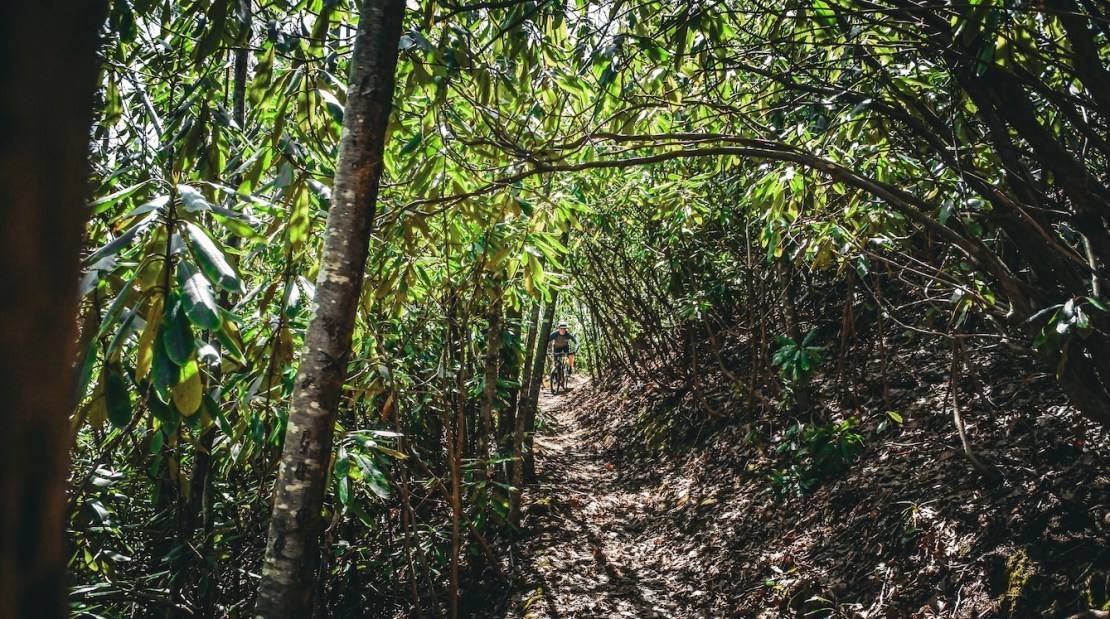
Not like that holiday Retsina
Phil from Burial doesn’t ride – he moved here from Boston for an easier pace of life, and so he can indulge in hiking and trail running. He seems to really love it here – while Hurricane Helene was a disaster, he says he’s never seen a community come together like Asheville after the storm, and that feeling hasn’t faded away. Burial is part of the riding community – they sponsor group rides run by local shop Gravelo and their logo appears on the race jerseys of Youngblood Bicycles. They also brew special beers for bikepacking.com and the Harvest Jam BMX session.
After having the best beer I’ve ever had (and I’m pretty sure this isn’t in an ‘I’m on a Greek holiday, doesn’t this retsina taste lovely’ sort of a way – it was really bloody good), I shamefacedly get my fix of American fast-food filth by eating a Wendy’s hamburger in the car away from the eyes of the Burial staff serving some very serious looking sandwiches and head to my hotel.
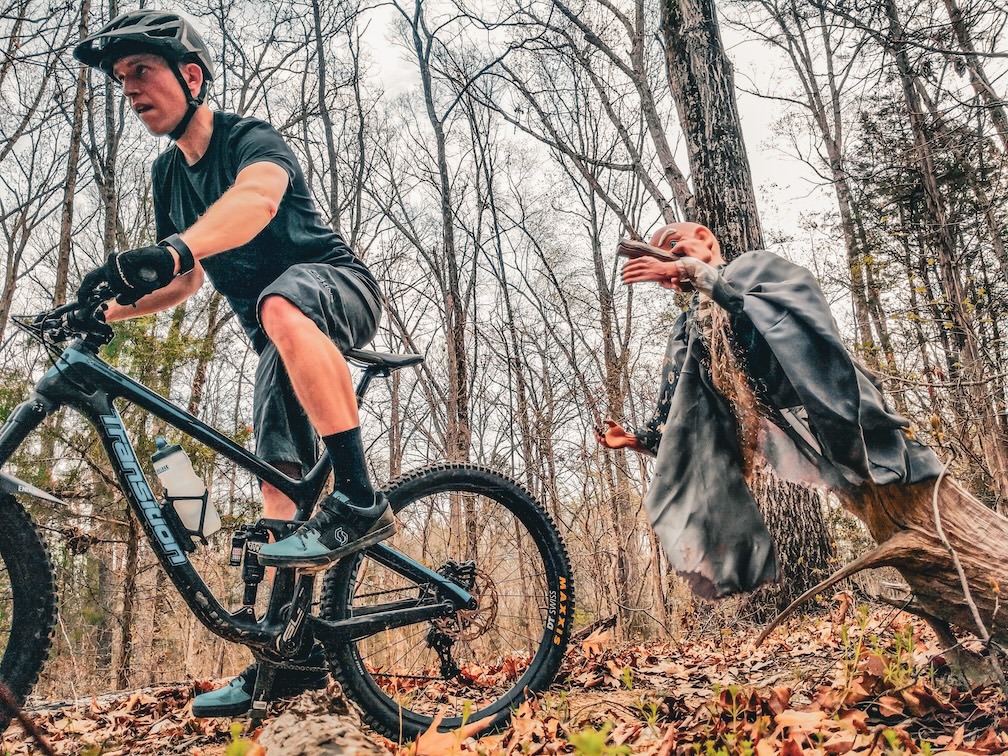
Next day, I’m up early, though when I park up a fisherman is already catching trout in the dawn light. I pedal up the erroneously named Laurel Mountain. I don’t see a single laurel all day – the trails are actually in tunnels of rhododendrons. Josh tells me this is the absolute trademark of riding here. Hemmed in on all sides by greenery, it feels like you’re riding at warp speed as leaves blur by inches from your face.
The tunnels and the crisp red leaves scattered all over the ground are the defining feel of the forest rather than expansive views. At the summit of Black Mountain, I’m as high as Ben Nevis but hemmed in by trees and can’t see more than a hundred metres. While it’s similar to home in Scotland in terms of elevation and geology (lots of exquisitely folded metamorphic rock with loads of grip), in terms of vegetation, weather and feel, it’s another world.
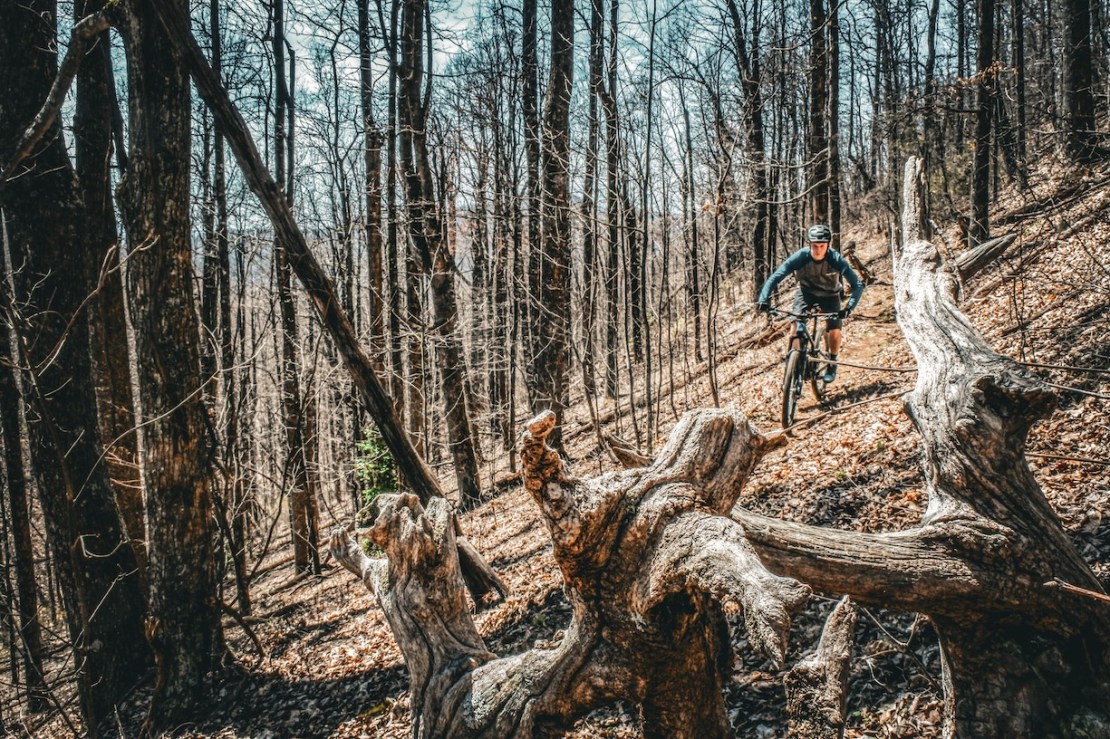
Trainspotting in the woods
One ride can include all the area’s past. On Black Mountain I meet horse riders in the valley bottom – while these are tourists, in the 19th century horses and loggers were the ones cutting the trails I ride, following the fall lines steeply. A lot of the paths on the ridgelines were convenient routes for walking between different work sites. The last third of the trail is brand new fresh-cut trail, built by the mountain bikers living here now. In between, many of the larger access routes used to be narrow gauge logging railways built in the 1920s that were running bizarre Shay steam trains, with mechanisms like a centipede.
The railroads reaching Asheville were the start of its first big change – the opening of the gap next to Kitsuma was the first time goods could move easily from west to east through the area. Tourists arrived, which kept the area alive when the industry declined. Nowadays, tourism is a huge part of the economy here, and it’s activities like mountain biking driving this.
Someone maintaining the trails has a sense of humour. Smiley faces are cut into the ends of stumps where trees have fallen across the track. In one area, trail builders have leaned into the spook zone I was in on Bernard Mountain and creepy figures are attached to branches – I jump out of my skin when I round a corner to find a mannequin in a yellow oilskin and Friday the 13th-style hockey mask leaning out of the door of a ramshackle shed.
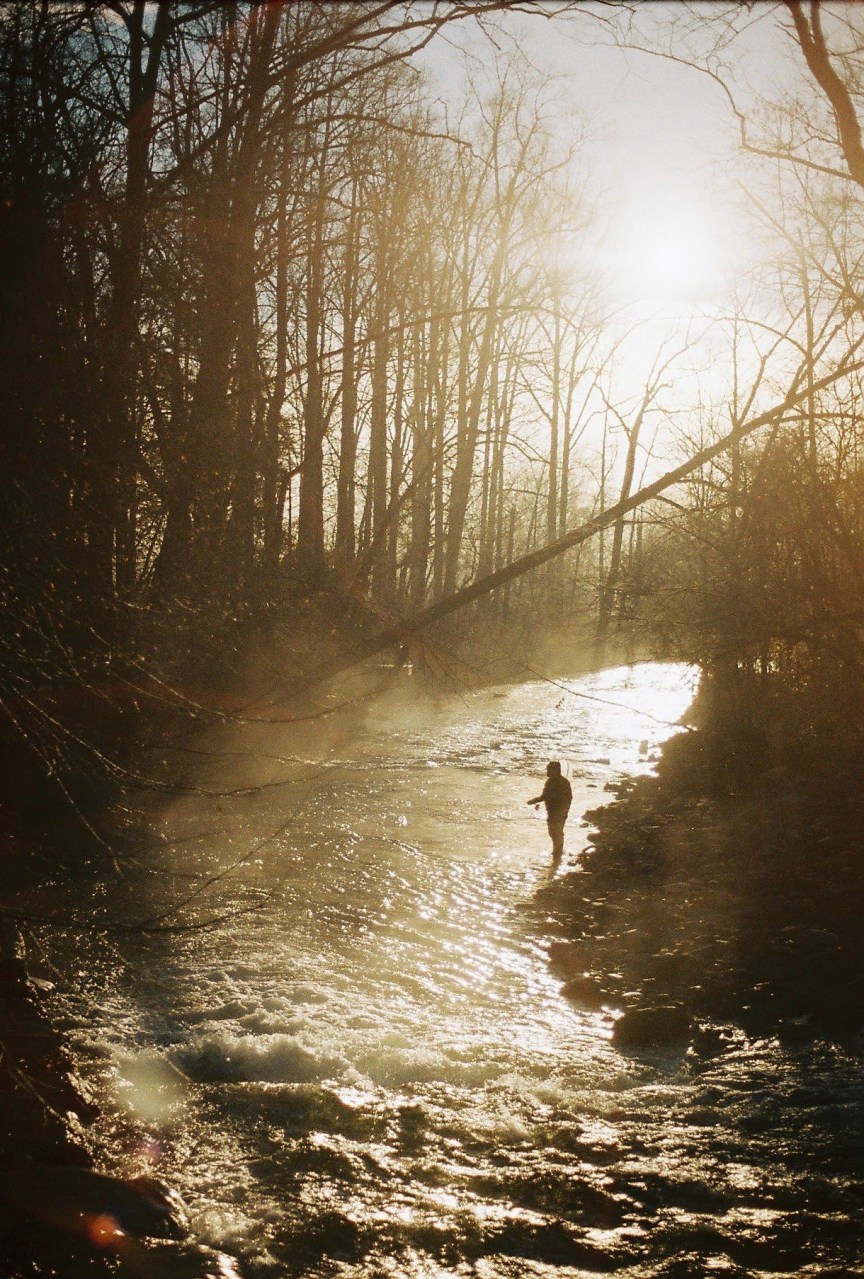
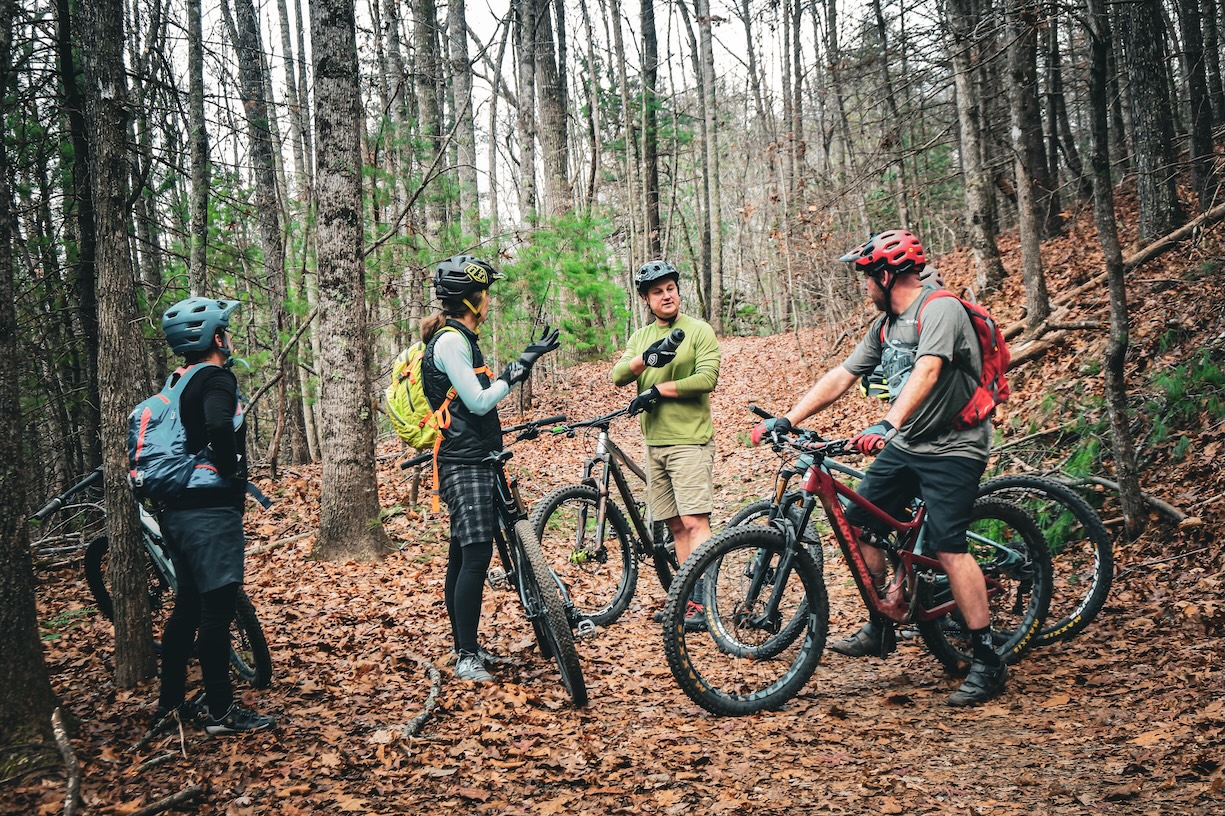
Bringing it all together
There’s a real sense of community that goes into these trails, and the community is keen to make sure there’s progression for riders. While the people I’ve met like gnadgery trails, there are options for everyone. Nick, a local urban planner, loves ‘real steep, square edge classic Pisgah tech’ but he’s helped set up a crowdfunded bike park with green and blue trails. He also had a hand in some of the greenways. Jon is on the board of Beacon Bike Park, a new slopestyle facility that can be ridden in the wet and has access for kids and adaptive wheelchairs as well as advanced riders. Sarah can often be seen bobbing around on her pump track bike.
The way people here are keen to involve everyone is amazing. There’s an idea called Appalachian Culture Theory and this might be what gives it such a special feel – apparently, the European pioneers here assimilated so well with the Cherokee First Nations people that a distinct culture developed in the mountains. Long before commercial forestry arrived, the First Nations people had established the earliest trails. Now, the state is home to the largest population of Indigenous Americans east of the Mississippi, but it’s not all roses – during the Cherokee Removal in the mid-19th century, over 15,500 Indigenous people were ejected from the area.
The change in culture continues. Almost everyone I’ve spoken to is not an Asheville native and it’s the outdoors and relaxed mountain life that pulls them in. Josh and Jon came here for college where they discovered mountain biking, while Nate and Nick wanted somewhere to put down roots that would be good for their family but still let them ride. Jon’s been here since the late ’80s and notes big changes from a sleepy town coming out of a 50-year hiatus after the Depression. It started coming out of its shell with artists and businesses. He reckons ‘outdoor recreation has contributed to what Asheville’s become’.
What it’s become is a place that isn’t like anywhere else I’ve ridden. One thing I keep getting told by the people I meet is ‘I’m no one special, I just ride’. But they are all special – they are contributing to an exciting place, steeped in mountain biking culture and genuinely world-beating trails. And, by heck, they aren’t half welcoming.
New arrivals
-
Singletrack Bobble
£24.00 -
OG Ride and Shine Shirt
£25.00 -
Issue 163
£10.00 -
Beate Kubitz Classic Ride Print #127 Walna Scar Road
£44.99





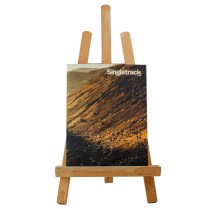
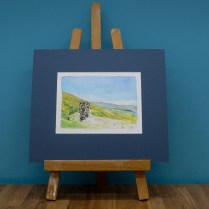

Great article! I visited Pisgah a few years ago before I was into mountain biking, but can vouch for the friendly locals, lovely forests, and great vibe, beer and food in Asheville. Excited to go back some day.